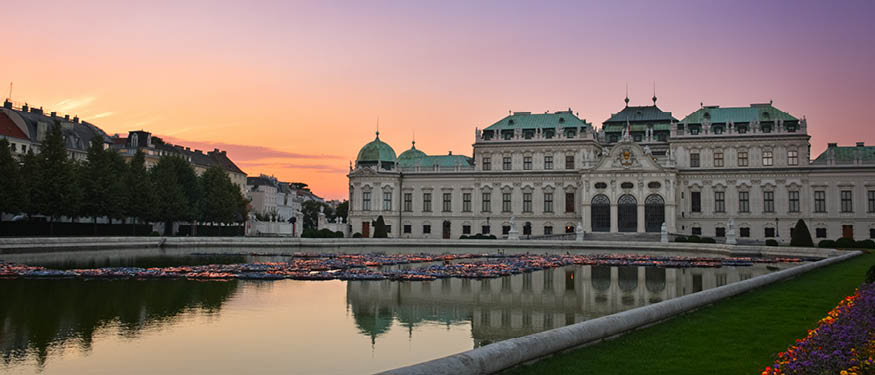Ljubljana, the capital of Slovenia, is currently witnessing a substantial increase in the development of Class A office spaces. Over the next three years, the city is set to introduce more than 100,000 square meters of new Class A office spaces. These developments are characterized by modern designs and a strong emphasis on sustainability, aiming to achieve energy certifications that are crucial for ESG compliance.
The influx of new, sustainable office spaces is likely to prompt tenants to relocate from older, less efficient buildings to modern facilities that offer better energy performance and align with ESG criteria. This shift could result in increased vacancies in outdated office properties, compelling owners to invest in significant renovations to remain competitive.
This will be a significant challenge for many property owners for several reasons. First, they will need to find an architect capable of handling such a project – one who can design the renovation appropriately and obtain the necessary consents and building permits if required. In other countries, numerous specialized companies focus on assessing the energy efficiency of individual buildings, using precise measurements to help owners optimize operations and achieve substantial cost savings. Some of them are trying to enter the Slovenian market as well but are not very well known yet. Additionally, skilled construction professionals will be essential to implement the necessary energy solutions. Given the well-documented shortage of qualified construction workers and the unique challenges that renovations pose compared to new builds, this will be no small feat.
The entire project will, of course, also have to be financially viable for the investor. The process of renovating old buildings will naturally involve the municipality and, above all, the Institute for the Protection of Cultural Heritage. Especially in areas where the institute’s approval is required for modifications to buildings, it will be more difficult for investors to carry out modern renovations. For such renovations, property owners will also need appropriate financing from banks that currently largely support green renovations, as they need enough green financing for their own ESG reporting.
However, like it or not, owners will have no choice but to invest in such upgrades; otherwise, they risk having an unoccupied property or being forced to lease it at significantly reduced rates. In light of ongoing discussions about new property or real estate taxes – some of which, according to experts, should also apply to commercial spaces – owning such a property could quickly become more of a financial burden than an asset.
Another opportunity for owners of such properties is to seek a change in the intended use of the property or in spatial plans from commercial to residential use. Ljubljana faces a severe housing shortage and even under the most optimistic forecasts for new residential developments over the next three years, the supply of housing is unlikely to meet demand or stabilize prices.
Such changes will also require a great deal of flexibility from both the municipality and the state, and above all, a readiness to complete all necessary procedures for amending the spatial plan within a short time frame, which will enable changes in the building’s purpose in the foreseeable future. It will also be interesting to see the municipality’s vision for such changes – whether it will allow more extreme alterations in the city center, such as increasing the height of existing buildings, or whether it will aim to maintain the current building dimensions. In connection with the modernization of old buildings, it will also be interesting to see what the municipality will do further in terms of sustainability, particularly with improvements to public transport and greening the city, which could lower temperatures during increasingly hotter summers.
The question remains how green development initiatives will improve the quality of life in Ljubljana. Most new office buildings are making significant efforts to meet sustainability standards and be both environmentally and socially responsible. However, we are still very far away from having modern 15-minute cities and very far away from a crucial aspect of ESG compliance which is the amount of carbon dioxide emissions generated by users commuting to and from the workplace. Without an efficient public transport system, individuals will continue to rely on personal vehicles, further increasing carbon consumption.
The future of Ljubljana’s infrastructure will surely be reshaped with more sustainable office spaces. However, successful integration with the green transition will require thoughtful modernization efforts and improvements in public transport to ensure the city’s long-term sustainability.
By Masa Kramar, Partner, Senica & Partners
This article was originally published in Issue 12.2 of the CEE Legal Matters Magazine. If you would like to receive a hard copy of the magazine, you can subscribe here.

















